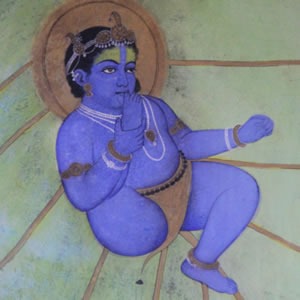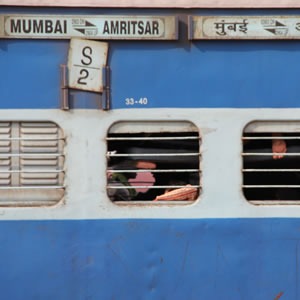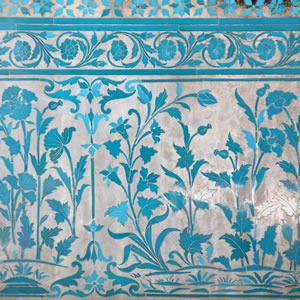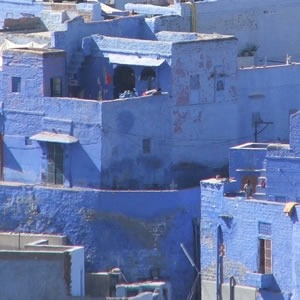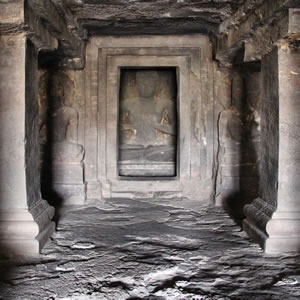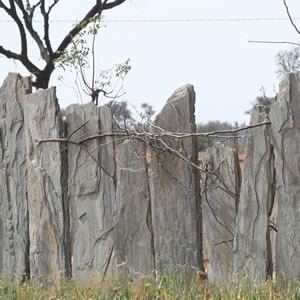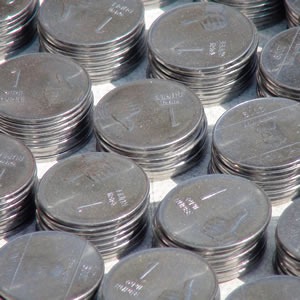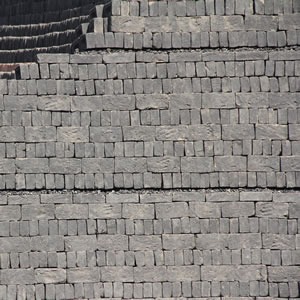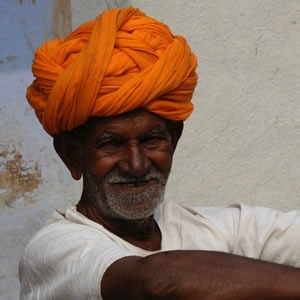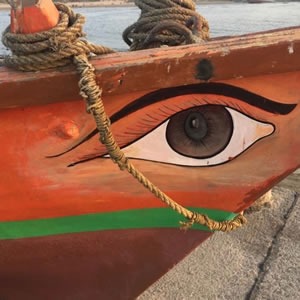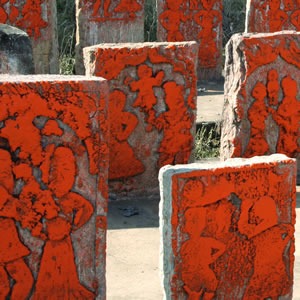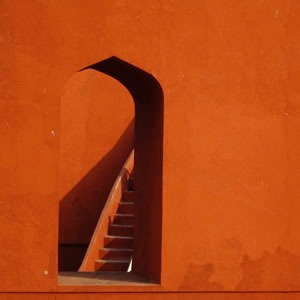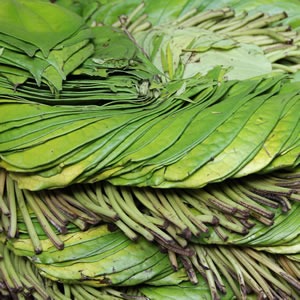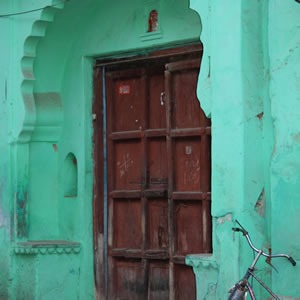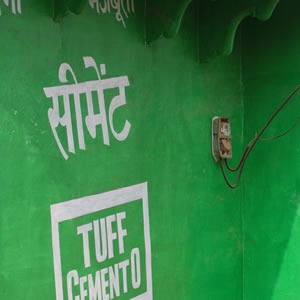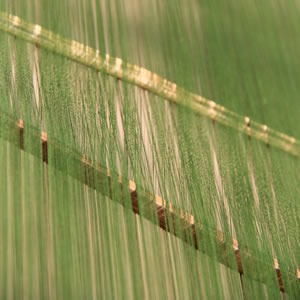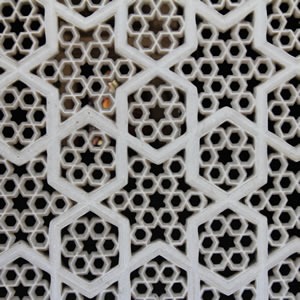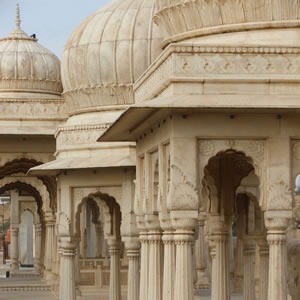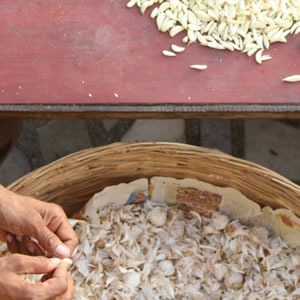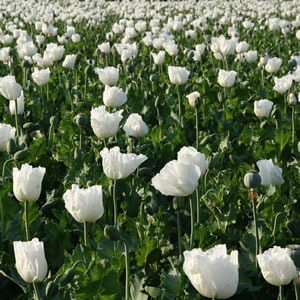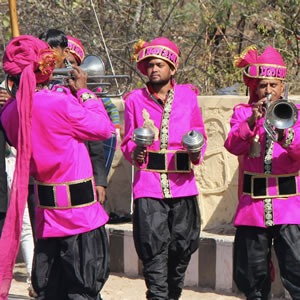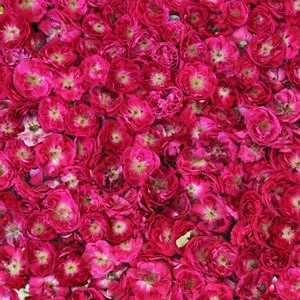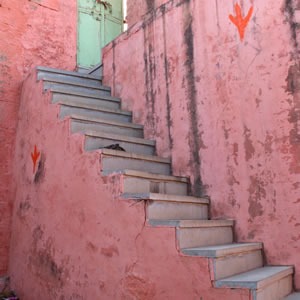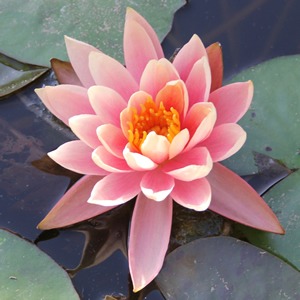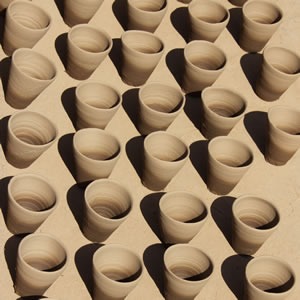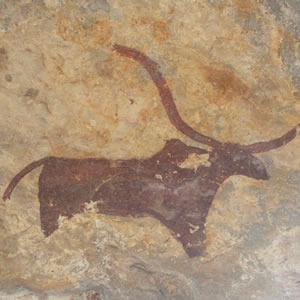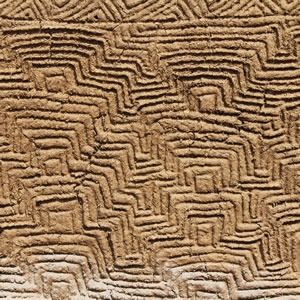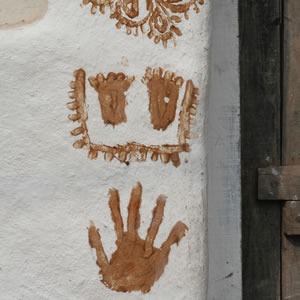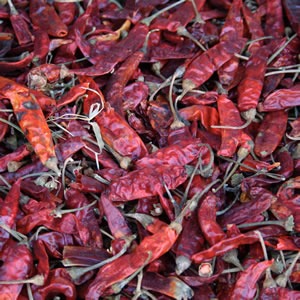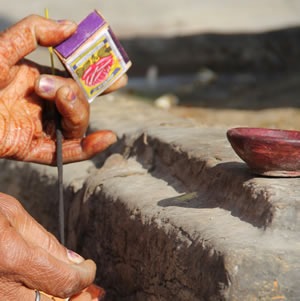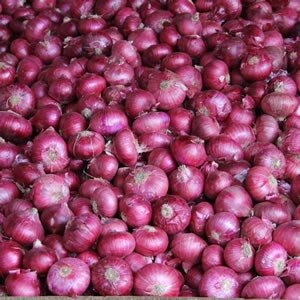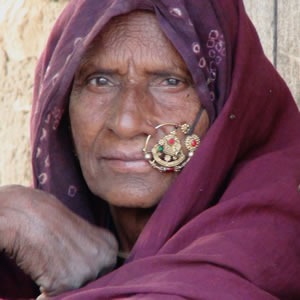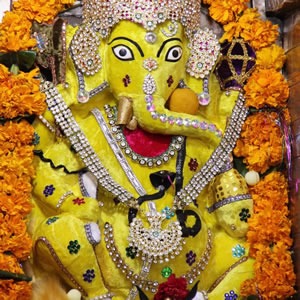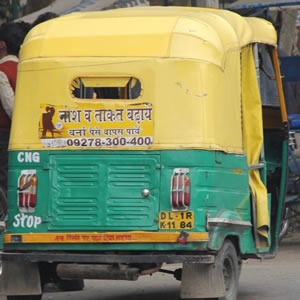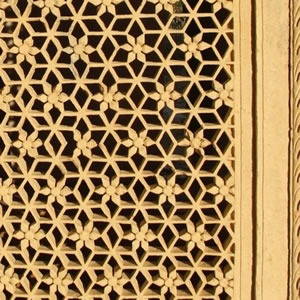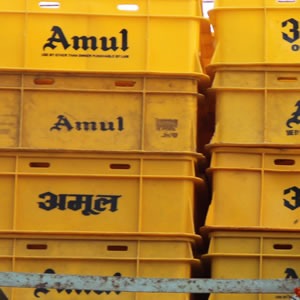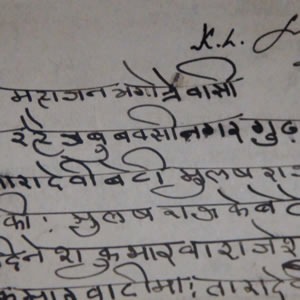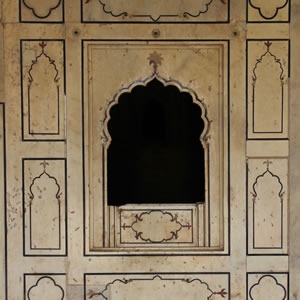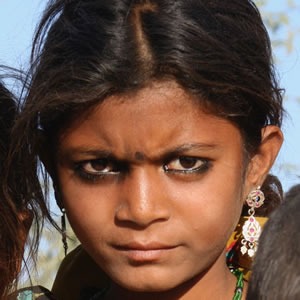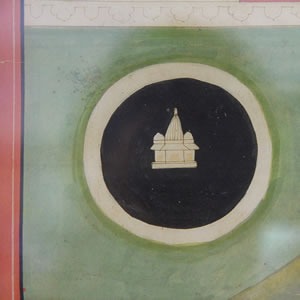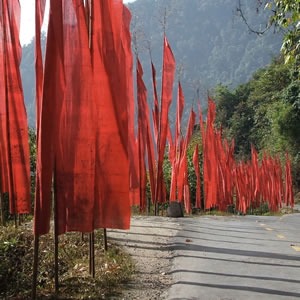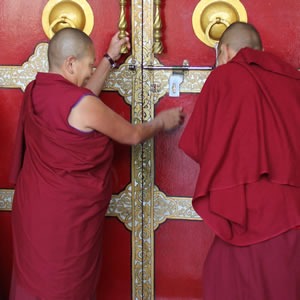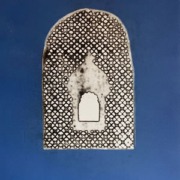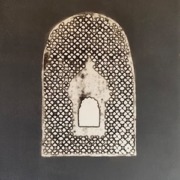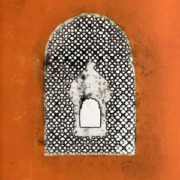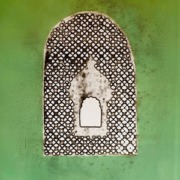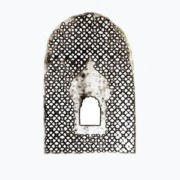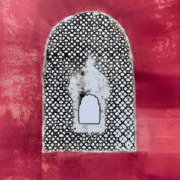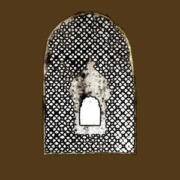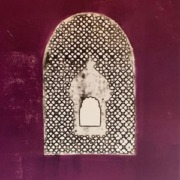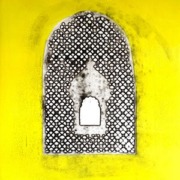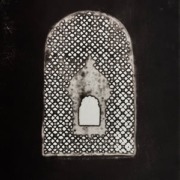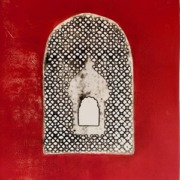India is a land of vivid, hypnotising colours and each is loaded with significance.
Half the fun is capturing colour – not just the obvious, the flash of a brilliant sari, the earthy subtlety of a dusty village but also the unexpected.
From the deep dark blue of Krishna to the famous refreshing rich blue cities of Rajasthan and the relaxing calm clear blue of the skies above Dharamasala – Blue is the stablizing colour of Indian life.
A drowsy afternoon in Buddhist Ellora. Enveloped by ancient grey basalt, Natasha asleep in the caves. A floating moment, out of time; the colour’s calm embrace.
A universal decorative complement, feminine or striking as the combination calls for. Silver bright rupee coins in the Ganesha Series, a nod to traditional mirror work, and spiritual light. Lakshmi-auspicious, the start of something good.
Precious kesri saffron threads; enthusiastic marigolds in garlands; the sacral chakra’s creative and sexual glow.
Orange runs powerful and dominant through India’s technicolour culture. One half of Natasha’s touchstone palette, high-energy pink and orange. Positive and optimistic, colour with the fragrance of mango.
Life again, after summer’s arid pause; the uplifting post-monsoon pigment; the lush optimism of market vegetables. The colour of faith and festival.
The eternal mood enhancer, Indian green is central to Natasha’s work. Vivid and unexpected in Tuff Cemento. Warm and welcome round a threshold. Bitter to sweet, like a chewed glossy green paan leaf.
Frozen poetry in white marble at Ranakpur. Pale piety of Bikaneer’s carved chhatris. Dancing, delicate white poppy along the trunk roads.
The counterpoint to colour in Natasha’s work. Ethereal, tranquil, calming. Daylight piercing a jail screen.
Neon flash of a sari against the village dust. Sandstone rose city of Jaipur. Purity and enlightenment of the Lotus’ washed pink.
The Indian pinks that Natasha carries in her mind and work. Rich crimson pink rose petals at a temple offering, the scent offering as intense as the colour. Resonating with with love, hope and reassurance.
The great humped bull in ochre, art of the stone age rock shelter. The kulhar cup, of railway chai, earthy in colour and taste. The ruddy auspicious palm prints around the village doorway.
Close at hand for millennia, for vessels, for creativity, for all life. The colour of reincarnation.
The amethyst stone Buddhist rosary, for dusk or dawn prayer. A woman in a doorway, her aubergine sari worn thin by time. Ancient sandstone touched maroon by geological drama.
Purple, deeply spiritual in India, Natasha places next to lighter hues, creating harmonies to evoke hope and happiness.
The mark of the pious man, the auspicious splash on the doorway to a home. The hue of the the Rajput warrior pride and purity. Vishnu’s clothing woven from the rays of sun.
Traditional yellow, soft backdrop to traditional India.
And brash, vivacious yellow, foreground to modern India.
Amul ice cream adverts, egg yolk yellow. Sharp, zesty autorickshaw yellow. Great India yellow, heading across the country.
Black, the pandit’s inky Sanskrit entry, recording a birth; the dark kohl around the babies’ eyes, to protect, and give inner strength. Black, without which, we would have no light.
In Natasha’s works on paper it is the dark black that gives the whites their brightness. She trained in printmaking, etching only in black and white, learning that without the balance and contrast, without the density, there would be no lightness.
There is only really one red in India. Rich and deep, auspicious and significant. For purity, fertility and prosperity.
For Tibetan monks, fire. For the dynamism of the goddess Durga. For Indian brides, womanhood, and again, motherhood. For protection and strength, in the the thread passed from sister to brother.
Vermillion. So fundamental, that Natasha will grind the raw pigment herself to keep the colour true.

